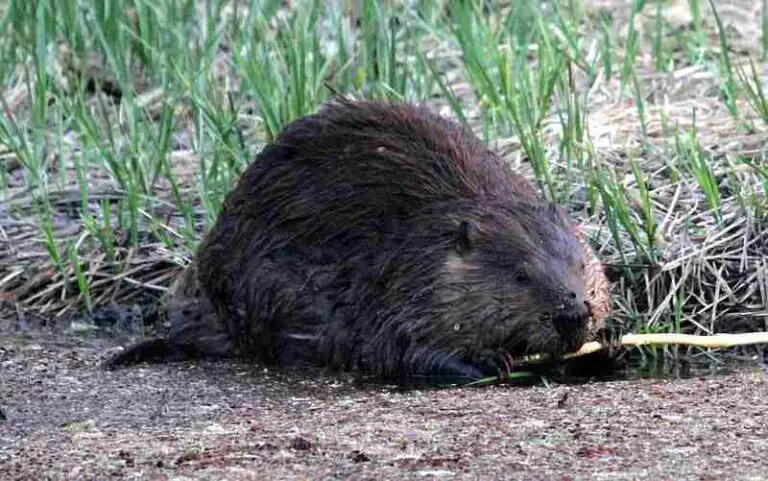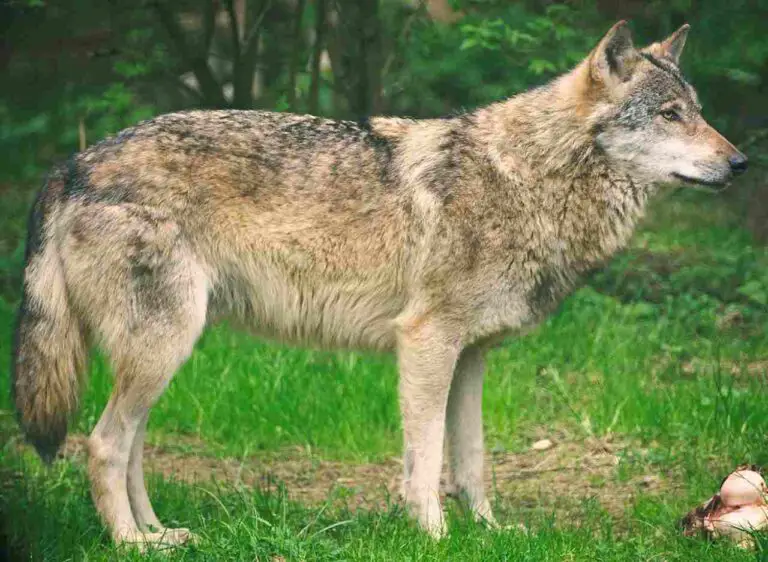Regenerative Agriculture Definition and Practices Explained
Regenerative agriculture is an elaborate approach to crop and livestock production that aims to achieve biological self-sustainability by mimicking the characteristics of natural ecosystems. This article discusses regenerative agriculture definition and practices, as outlined below;
-Regenerative Agriculture Definition: 4 Ways to Define Regenerative Agriculture
-Regenerative Agriculture Practices
Regenerative Agriculture Definition: 4 Ways to Define Regenerative Agriculture
Regenerative agriculture is a type of holistic farming that works to achieve sustainability of agricultural production by mimicking the regeneration capability of natural ecosystems [2].

As indicated above, regenerative agriculture draws its principles from the knowledge of processes and factors at play in natural ecosystems like forests, grasslands and tundras.
The alternative regenerative agriculture definition below highlights some of these principles;
Regenerative agriculture is a system of crop and livestock production that applies a holistic approach to optimize productivity, based on various principles that include; natural regeneration, biodiversity preservation and enhancement, and organic soil enrichment.
Generally, the principles of regenerative agriculture give rise to what may be collectively referred to as the practices of regenerative agriculture. Some of these practices are mentioned in the regenerative agriculture definition below;
Regenerative agriculture is an alternative farming approach that implements practices like composting, conservation tillage, rotational grazing, cover cropping, crop rotation, and crop-livestock integration, in a bid to synergize agricultural production with biogeochemical cycles and processes in the natural ecosystem.
Among the cycles mentioned above are; the carbon, hydrogen and nitrogen cycles; while processes include biodegradation, carbon sequestration and nitrogen fixation. These cycles and processes are important due to their role in sustaining the ecosystem through the recycling of resources like biomass and bioenergy across the trophic levels of the energy pyramid.
The final regenerative agriculture definition below mentions some benefits of the approach;
Regenerative agriculture is a holistic and biodynamic approach to farm management that aims to achieve self-sustainability in the agricultural ecosystem, as well as to increase productivity and mitigate environment impacts like climate change [1].
Regenerative Agriculture Practices
Regenerative agriculture practices include;
1). Composting
4). Cover cropping
5). Crop rotation
6). Crop-livestock integration
Collectively, these practices aim to increase biodiversity while mitigating all forms of environmental degradation that are associated with agriculture.
Conclusion
Regenerative agriculture is the implementation of principles and practices that facilitate regeneration of natural resources in agricultural farms.
Regenerative agriculture practices are; composting, conservation tillage, rotational grazing, cover cropping, crop rotation, and crop-livestock integration.
References
1). Lal, R. (2020). “Regenerative agriculture for food and climate.” Journal of Soil and Water Conservation 75(5):jswc.2020.0620A. Available at: https://doi.org/10.2489/jswc.2020.0620A. (Accessed 14 December 2022).
2). Newton, P.; Civita, N.; Frankel-Goldwater, L.; Bartel, K.; Johns, C. (2020). “What Is Regenerative Agriculture? A Review of Scholar and Practitioner Definitions Based on Processes and Outcomes.” Frontiers in Sustainable Food Systems 4. Available at: https://doi.org/10.3389/fsufs.2020.577723. (Accessed 14 December 2022).



